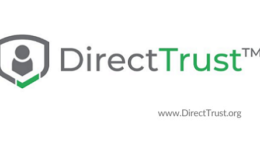How Healthcare Executives Can Promote Interoperability
By Devin Partida – Electronic health records are increasingly complex. Avenues include centralized patient management systems and remote data collection from at-home medical devices. They amplify data density for healthcare executives, inspiring advances. Vast quantities are essential for diagnostics and treatment research and development with a digital-first focus.
Read More






